Consider following:
extension String {
func isValidEmail() -> Bool {
let characterset = CharacterSet(charactersIn: "abcdefghijklmnopqrstuvwxyzABCDEFGHIJKLMNOPQRSTUVWXYZ0123456789")
print(characterset)
if self.rangeOfCharacter(from: characterset.inverted) != nil {
return false
} else {
return true
}
}
}
var name = "Login"
name.isValidEmail() // print true
var incorretLogin = "Loginъ"
incorretLogin.isValidEmail() // print false
Yes, function is work. But im in confussion - how its work? If i understand correct it work like that: it take set of characters, then check if all of tested string characters contain symbols from set, and if it is not, then it return false.
Ok, but what is inverted for? If i remove inverted, result will be wrong:
var name = "Login"
name.isValidEmail() // false
var incorretLogin = "Logъin"
incorretLogin.isValidEmail() // false
Now i understand nothing. If function check simply if string letters are from character set, then why is it matter if set inverted or not? Could someone explain?
I play a bit in playground:
let characterset = CharacterSet(charactersIn: "a")
print(characterset)
print(characterset.inverted)
Print same result:
<CFCharacterSet Items(U+0061)>
<CFCharacterSet Items(U+0061)>
